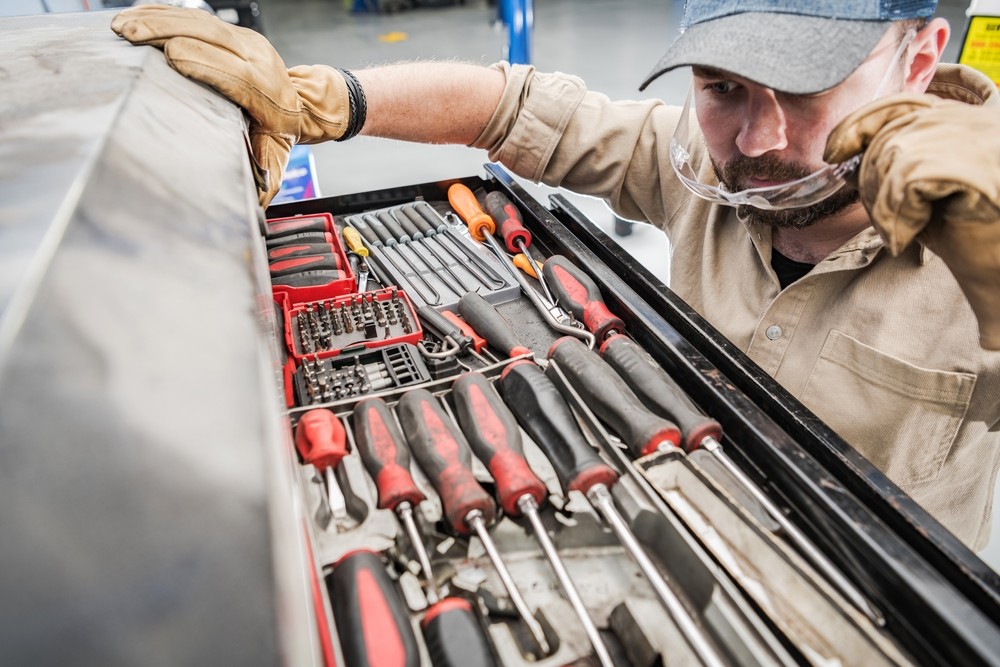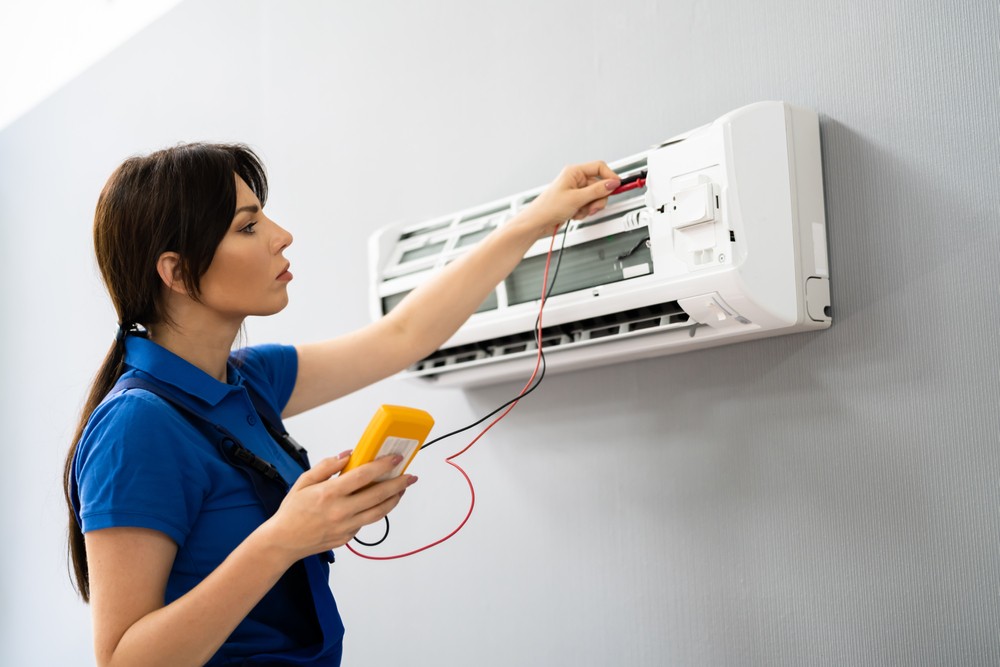The Right To Repair Movement Is About To Erupt

If you haven’t been following the #RightToRepair movement, now’s the time to get familiar with it. This tense fight between original equipment manufacturers (OEMs) and consumers has escalated quickly in response to new precedents and potential federal legislation. The next several months could see definitive conclusions in the decades-old argument regarding a consumer’s right to repair products they own versus the manufacturer’s efforts to ensure repairs meet OEM standards.
How did we get here? And what can we expect from the combination of recent events and pending federal legislation?
The movement
The right to repair movement officially began in 2013 as a trade association, but its roots date back to the mid-to-late 1990s when manufacturers began to tie product warranties to OEM repairs, specifically for vehicles. The Repair Association, the official face of the movement, provides its comprehensive timeline on its website.
Those in favor of the right to repair argue that after purchasing a manufactured product or device, they have the right to seek repairs however they see fit, including use of third-party parts or services — and even repairing it themselves. OEMs object to this haphazard approach to repairs in the belief that, absent an OEM-standardized approach, owners risk everything from further malfunction to safety hazards because of improper repairs.
Nuances are more complex on both sides of the argument, and both remain firmly entrenched. Product owners feel their rights are impeded, and OEMs seek protection against potential liability.

Pending government intervention
The debate over the right to repair is the basis for several high-profile lawsuits, but so far, no real government action. Until now.
On February 3, 2022, Rep. Bobby Rush, D-Ill., introduced a bill aimed at allowing vehicle owners better access to repair and maintenance tools used by dealerships. At the same time, bipartisan legislation was introduced by Reps. Mondaire Jones, D-N.Y., and Victoria Spartz, R-Ind., to reform copyright law to make it easier for consumers to get repairs.
The proposed legislation stems from a ballot initiative in Massachusetts. In 2020, residents of the state voted overwhelmingly in favor of an owner’s right to repair their vehicle as they see fit. Some automakers then disabled systems allowing remote starts and maintenance alerts for new vehicle owners — a move many viewed as retaliation. Manufacturers cite concerns over their ability to securely provide vehicle data to third-party repair entities.
The ballot initiative and response in Massachusetts culminated in calls for federal action.

A future of complex ownership laws
Beyond vehicles, the implications of right to repair legislation affect virtually every manufacturer in every industrial sector. In fact, agriculture and technology producers are no strangers to complications stemming from unregulated repairs. Even with clear legislation, ownership laws are likely to become significantly more complex.
What happens if a third-party repair causes further system failure? To what degree should warranties and recalls cover products? Is it sustainable for manufacturers to share their proprietary designs with the public as part of a right to repair culture? There’s a reason this debate remains a draw.
Any legislation is sure to come with more than a few hurdles for each side to clear. For both sides to achieve their aims, the final law must empower product owners to repair their items properly and protect OEMs from liability while maintaining their competitive advantage.